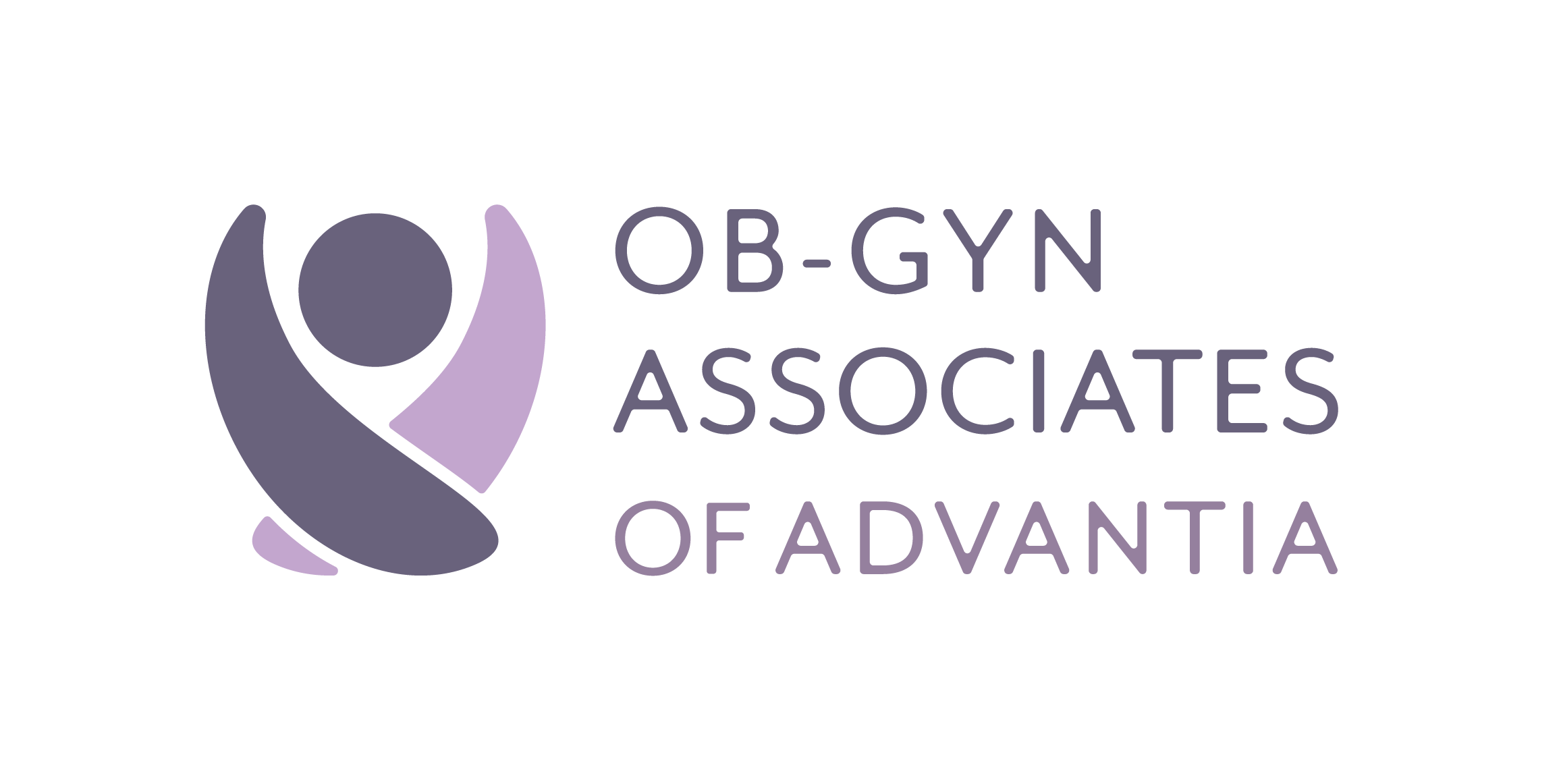
Published on: 6 July, 2022
Read Time: 5 min
When searching for healthcare providers in your area, you may encounter various credentials. It’s important to understand the differences between these providers, particularly those you might see throughout your reproductive health journey. Here is a breakdown of the distinctions between an MD, DO, NP, PA, and CNM.
Doctors
MD
A Doctor of Medicine (MD) practices allopathic medicine, a traditional form of medicine that emphasizes the diagnosis and treatment of human diseases.
Becoming an MD requires completing four years of medical school at an accredited institution. After medical school, graduates enter a residency program lasting between three to seven years, where they gain hands-on experience in a specific specialty, such as pediatrics or internal medicine. Some physicians further specialize by undertaking a fellowship program.
Before practicing, all MDs must pass a rigorous three-step examination to obtain their medical license, ensuring they are qualified to provide patient care in their chosen field.
Education:
- Earn a bachelor’s degree
- Pass the MCAT, an exam that precedes admission to medical school
- Attend medical school
- Complete a 3-7 year residency
- Earn and maintain the necessary licenses (requirements vary by state)
- Optional: Fellowship and continuing education
Capabilities:
- Perform physical exams
- Diagnosing and treating acute and chronic conditions, infections, and injuries
- Ordering, performing, and interpreting diagnostic tests such as lab work and x-rays
- Prescribing medications and other treatments
- Managing patients’ overall care
- Counseling
- Patient education
- Perform surgeries
DO
A doctor of osteopathic medicine studies and practices the osteopathic form of medicine, which focuses on treating the body as a whole integrated system. The biggest differentiator in terms of education for a DO vs MD is that DO programs require 300 hours of osteopathic manipulation medicine (OMM) training, which focuses on a deep understanding of the musculoskeletal system and how to manipulate it for the treatment and prevention of pain and illness.
Education:
- Earn a bachelor’s degree
- Pass the MCAT, an exam that precedes admission to medical school
- Attend medical school
- Complete a 3-7 year residency
- Earn and maintain the necessary licenses (requirements vary by state)
- Optional: Fellowship and continuing education
Capabilities:
- Perform physical exams
- Diagnosing and treating acute and chronic conditions, infections, and injuries
- Ordering, performing, and interpreting diagnostic tests such as lab work and x-rays
- Prescribing medications and other treatments
- Managing patients’ overall care
- Counseling
- Patient education
- Perform surgeries
- Use osteopathic manipulation tactics for treatment
Advanced Practice Providers (APPs)
NP
A nurse practitioner is a clinician who has completed a master’s (MSN) or doctoral degree (DNP) program with advanced clinical training and certification exams that go beyond the initial registered nurse (RN) preparation.
Education:
- Earn Bachelor of Science in Nursing (BSN)
- Pass the NCLEX-RN exam
- Earn a graduate degree, usually a Master of Science in Nursing (MSN) or a Doctor of Nursing Practice (DNP)
- Complete at least 500 hours of clinical practicum
- Become a Certified Nurse Practitioner (CNP) by taking a national certification exam through one of the five national certification boards
Capabilities:
- Perform physical exams
- Diagnosing and treating acute and chronic conditions, infections, and injuries
- Ordering, performing, and interpreting diagnostic tests such as lab work and x-rays
- Prescribing medications and other treatments
- Managing patients’ overall care
- Counseling
- Educating patients on disease prevention and positive health and lifestyle choices
Nurse Practitioners can choose to further their focus on specialties and subspecialties, like Women’s Health (WHNP).
The main differences between MDs/DOs and NPs include the degree (NPs don’t go to medical school), clinical training (NPs complete a practicum and not residency), and autonomy (NPs do not have full practice autonomy in 28 states and require physician oversight).
PA
A physician associate/physician assistant is a clinician that can practice under the supervision of a physician. PA’s cannot practice independently like NPs in 22 states. Also unlike NPs, PAs have more generalized medical education and don’t have specialty fields.
Education:
- Earn a master’s degree from an accredited PA program (typically an MS in Physician Assistant Studies)
- Complete 2,000 hours of supervised clinical practice
- Pass the Physician Assistant National Certifying Exam (PANCE)
- Maintain national certification
Capabilities:
- Perform physical exams
- Diagnosing and treating acute and chronic conditions, infections, and injuries
- Ordering, performing, and interpreting diagnostic tests such as lab work and x-rays
- Prescribing medications and other treatments
- Managing patients’ overall care
- Counseling
- Educating patients on disease prevention and positive health and lifestyle choices
- Assist physicians in surgery, but not perform
CNM
Certified nurse-midwives are healthcare providers that generally work with people with uteruses through their reproductive years, more specifically during pregnancy and postpartum. Their responsibilities and capabilities are similar to that of a Women’s Health Nurse Practitioner (WHNP), but WHNPs usually care for patients from adolescence through menopause.
CNMs, like NPs, are able to practice independently in independent practice states.
Education:
- Earn Bachelor of Science in Nursing (BSN)
- Pass the NCLEX-RN exam
- Earn a degree from a nurse-midwifery program accredited by the Accreditation Commission for Midwifery Education
- Complete on-site clinical practicum hours, which usually range from 600 to 1,200 hours
- Get certified by passing the Certified Nurse Midwifery Exam
- Apply for state licensure
Capabilities:
- Perform physical exams
- Diagnosing and treating acute and chronic conditions, infections, and injuries
- Ordering, performing, and interpreting diagnostic tests such as lab work and x-rays
- Prescribing medications and other treatments
- Managing patients’ overall care
- Deliver babies
- Counseling
- Educating patients on disease prevention and positive health and lifestyle choices
Conclusion
Throughout your healthcare journey, you may encounter a variety of care providers. Each one has different education, training, specialties, and capabilities, and they all are dedicated to working as part of an integrated healthcare team in inpatient and outpatient settings.
In practice, the lines between MD and DO have been blurred, as most DOs don’t use OMM in their daily work, and MDs are now integrating a more holistic approach to their care. Ultimately, it’s most important to find a doctor or an APP you trust and be an active participant in your medical care.Find a Location





